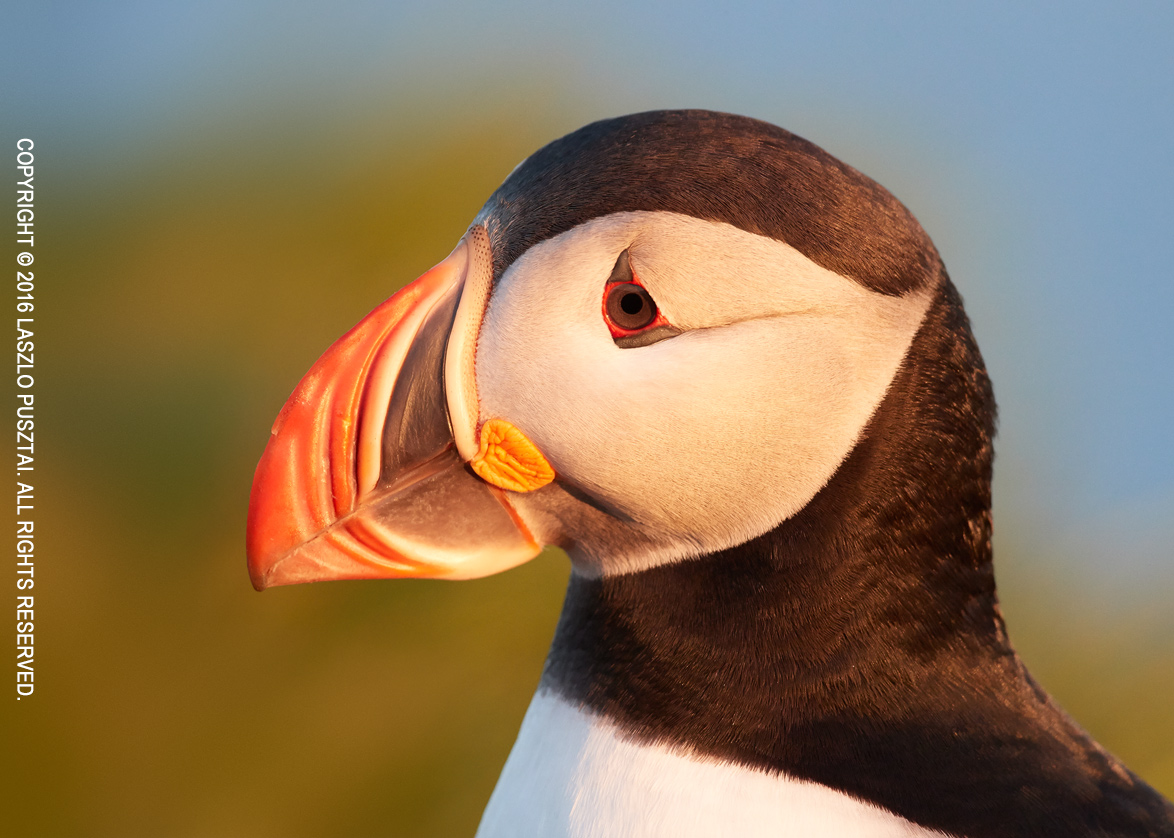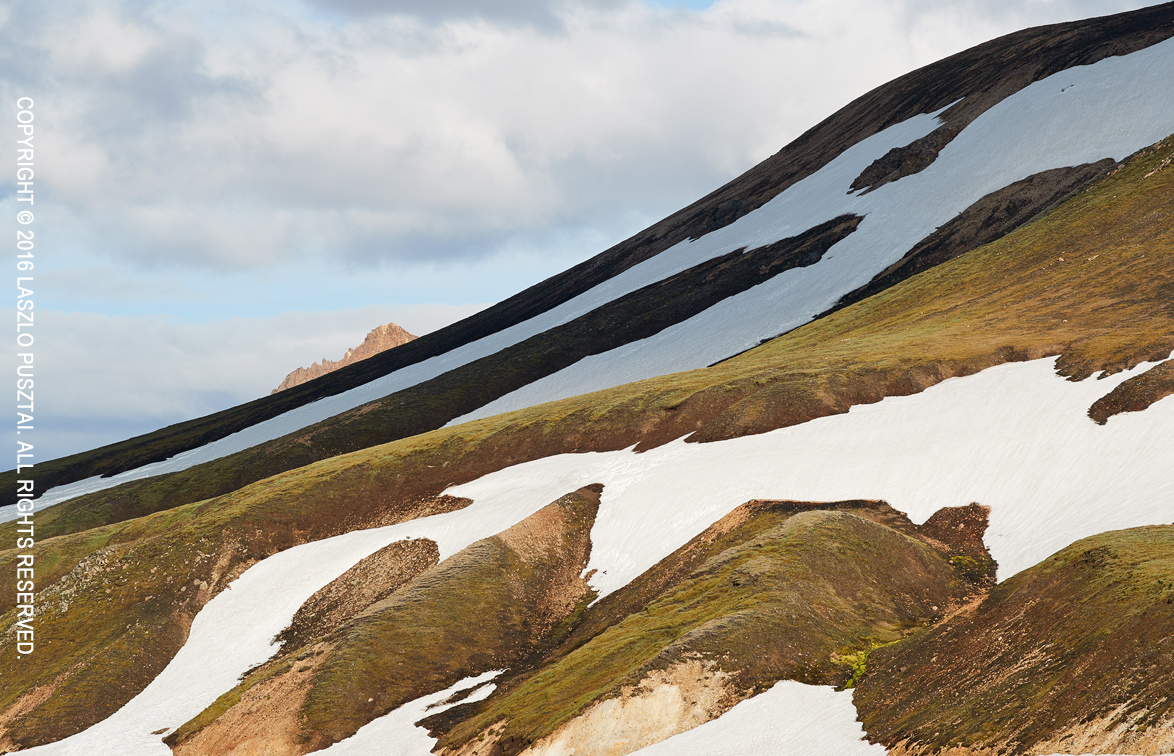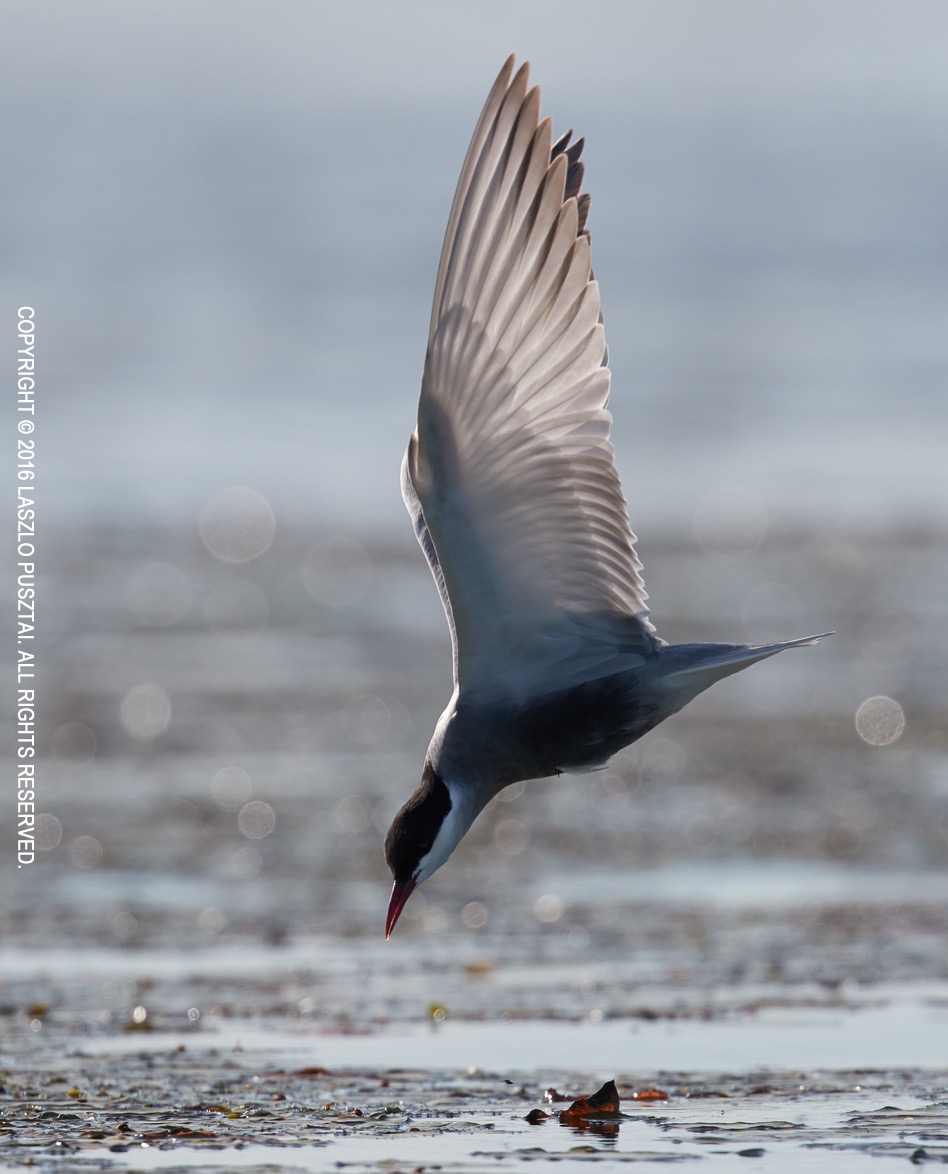I can’t help it – I like to shoot puffin portraits. Over time you see so many different faces, different personalities, different, but untold stories. The image below is one of my all time favorites.
It was shot at Látrabjarg, and I was quite shocked how much the bird colony shrunk during the last decade. And again, lots of people everywhere. Interestingly, tourists tend to cluster in all the wrong places – I was completely alone with 5-6 birds for an hour or so. In ideal light, ideal angle, ideal background. But this place was not marked with a “Lay here to photograph the birds” sign…

Yet Another Puffin Portrait
Shot with the Canon 1D X Mark II and 500mm f/4L IS II lens plus the 2x III teleconverter. It’s amazing how clear this ISO 1600 image is – not to mention the lovely colors.












